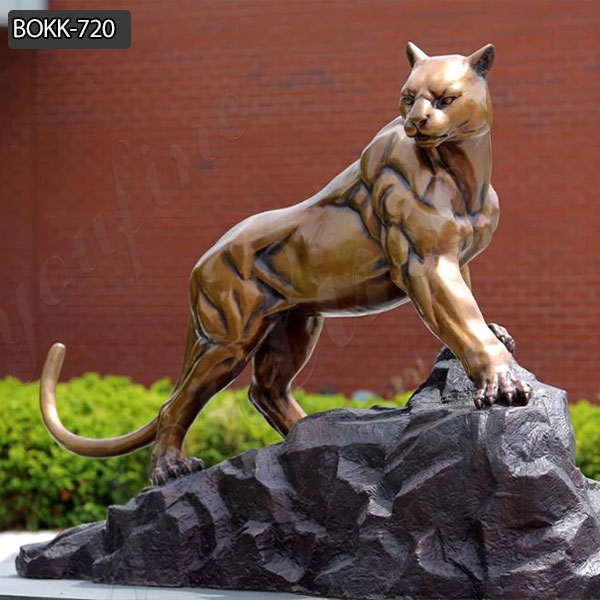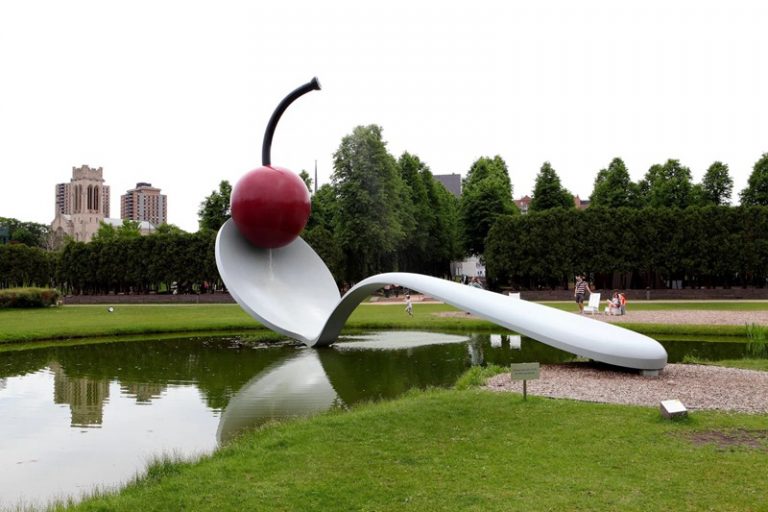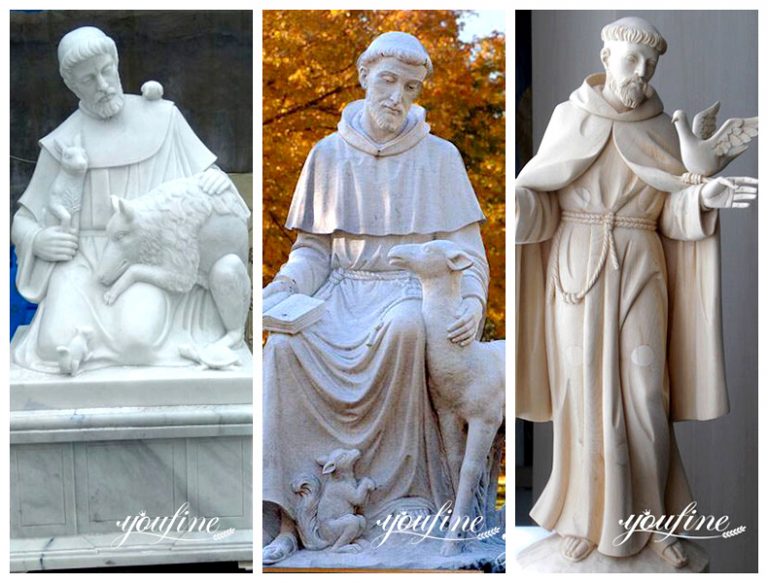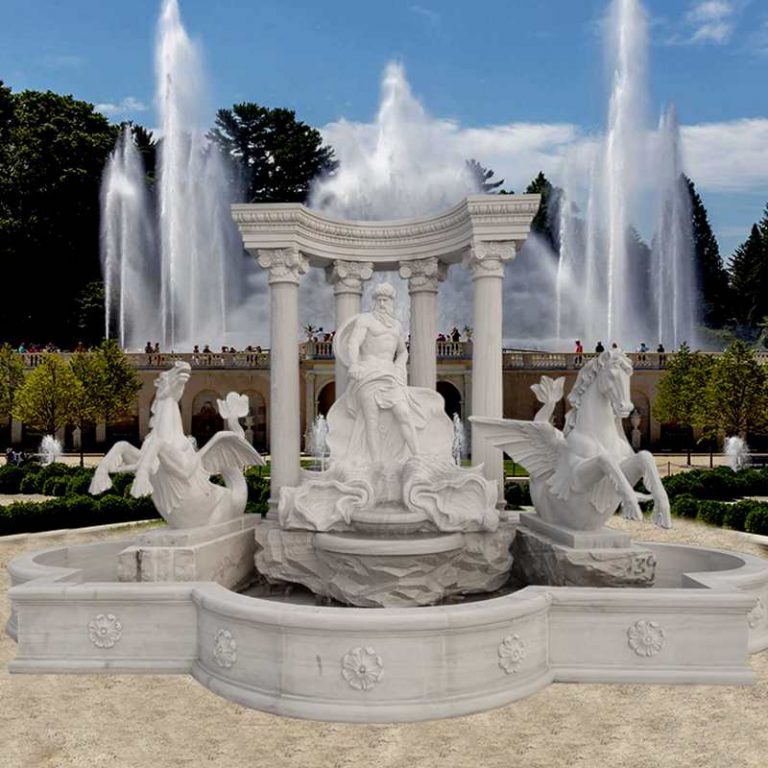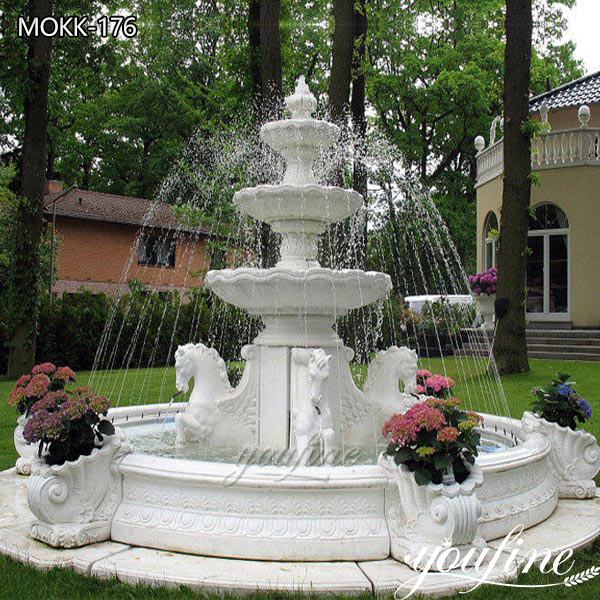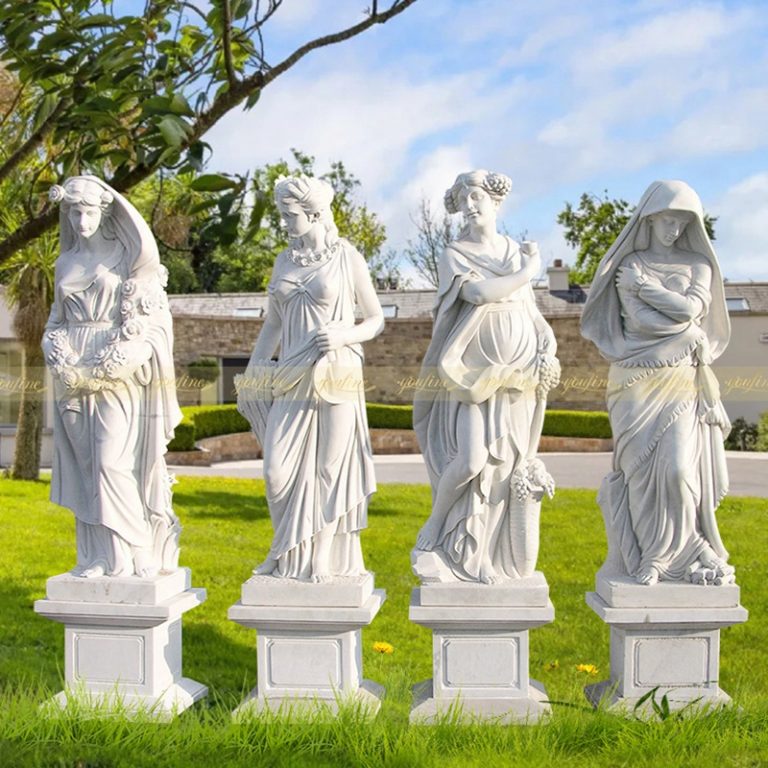“Three Beautiful Godnesses” is a painting created by the German baroque painter Peter Paul Rubens in 1640.In the Louvre in Paris, I saw a sculpture of three beautiful women together, which should be the “three goddesses” and also called “three beautiful gods“. Who is the author, there was no record at the time, and I dare not speculate here. With three beautiful women, the professional saying is that there are many sculptures on the theme of the Three Goddess (The Three Graces). In the Louvre, it seems that there are sculptures of Canova.
There are many art works named “Three Beautiful Gods”, “Three Goddesses” and “Three Mito”, including sculptures and paintings. For example, in 1485 Botticelli’s “Spring”, Rafael’s “Three Beautiful Gods” in 1504, Lucas Cranach’s “Three Beautiful Gods” in 1531, and Rubens’s “Three Beautiful Gods” in 1639, In 1800, Canova’s “Three Beautiful Gods”, Picasso and Dali, who are familiar to the Chinese, also created “Three Beautiful Gods” in 1925 and 1938 respectively. In 1990, Mr. Wu Guanzhong also created Chinese paintings of “Three Beautiful Pictures”.
Why do Europeans love the theme of the three goddesses? In fact, just as the Chinese have used the allusions of the Nuwa and the myth as the theme of artistic creation since ancient times, the three goddesses of Europe, the three beautiful gods, also have mythological stories and allusions.
The three goddesses, also called the three goddesses of Meihui, are the three goddesses that symbolize beauty, gentleness and joy in Greek mythology. They are the daughters of Zeus and Orolomo, bringing beauty and happiness to people. Their names are Ophrodine (Ancient Greek Εὐφροσύνη, Euphrosynē, Latin Euphrosyne, English Euphrosyne, the goddess of joy in Greek mythology, ranked second among the three sisters), Thalia (Greek Θαλια, Latin Thaliê, English Thalia, is a flower, a symbol of prosperity, ranked first among the three sisters), Agraia (Greek Ἀγλαΐα, Latin Aglaïa, English Aglaea, symbolizing magnificence, brilliance, ranking among the three sisters third). The Meihui Three Goddess is one of the most common subjects in ancient Greek and Roman sculptures. Since the Renaissance, many painters and sculptors have created the image of the three goddesses of Meihui in the same way as the ancient composition.
The sculpture of the three Grace is proportionately proportioned, the body is full of flesh, the characters move easily and naturally, and there is no delicate work. The three beautiful gods are all charming, the three human bodies after the combination, one facing the front (back), two facing the back (front), one left looking, two right looking, using a slight moving hip, the center of gravity changes in the left and right feet, The two centers of gravity are on the right foot, one center of gravity is on the left foot, and the three sides are connected together to form a beautiful rhythm of unity, change, harmony.





